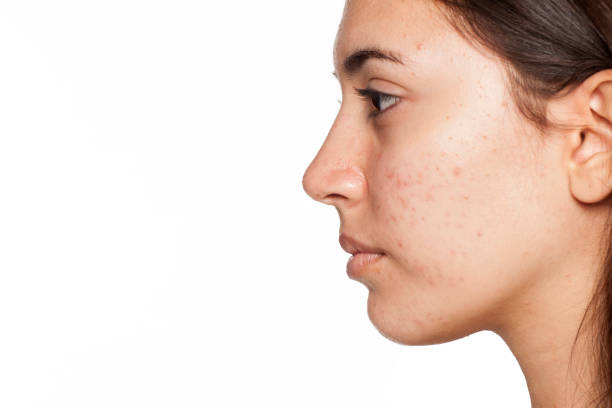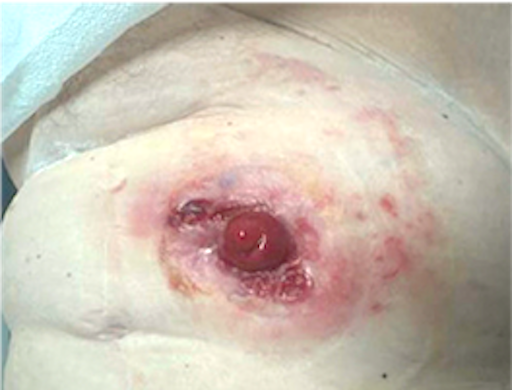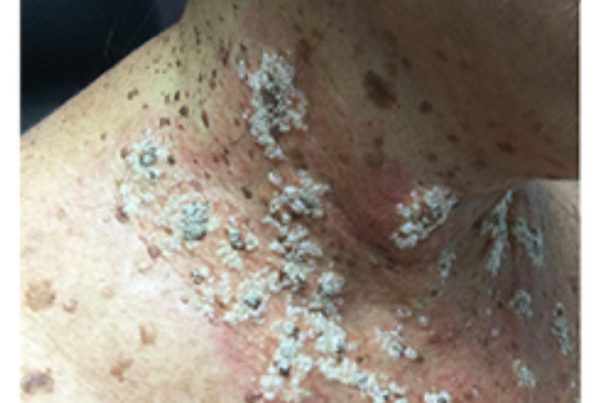Featured Article

Acne is a common dermatologic condition, affecting up to 85% of adolescents and young adults.1 The prevalence of adult acne appears to be increasing in both females and males; however, there are differences in treatment needs and physiology between the sexes that should be taken into account when prescribing acne treatments.
Data from these studies were pooled and analyzed post hoc to evaluate outcomes by sex
Acne is a common dermatologic condition, affecting up to 85% of adolescents and young adults.1 The prevalence of adult acne appears to be increasing in both females and males; however, there are differences in treatment needs and physiology between the sexes that should be taken into account when prescribing acne treatments. While most patients experience onset during adolescence, persistent adult acne is more common in female patients.
Additionally, females are more likely to experience recurrences of acne throughout their lives, requiring long-term maintenance treatment.3,4 In terms of skin physiology, males tend to have less epidermal water loss, higher sebum production, and a lower pH than females.5 In females, sebum production is not only lower, it also decreases with age leading to drier skin later in life.5 Along these lines, females are more likely to report dry, sensitive skin,4 which may become more apparent with age.6 These differences between female and male patients with acne could affect treatment efficacy, tolerability, or adherence.
Topical retinoids are the mainstay of acne treatment due to their comedolytic and anti-inflammatory properties.7 Several retinoids are commercially available (eg, tretinoin, adapalene, trifarotene, and tazarotene)1,8 but studies have shown that tazarotene 0.1% cream may be more effective than tretinoin 0.025% or adapalene 0.1% or 0.3% in treating acne.9-11 While the efficacy and safety of topical retinoids are well established,12,13 adverse effects such as irritation, erythema, peeling, and dryness can occur in the first weeks of treatment, especially at higher concentrations.7,12 To address these issues, a new tazarotene 0.045% lotion formulation was developed utilizing polymeric emulsion technology.14 An oil-in-water emulsion—structured by a three-dimensional mesh matrix containing tazarotene along with hydrating and moisturizing agents—allows for more uniform release and increased absorption of ingredients. This easily spreadable and easy-to-use lotion formulation also allows for a lower tazarotene concentration, and when combined with optimized delivery of active and hydrating ingredients, may improve tolerability.14
You May Also Like









